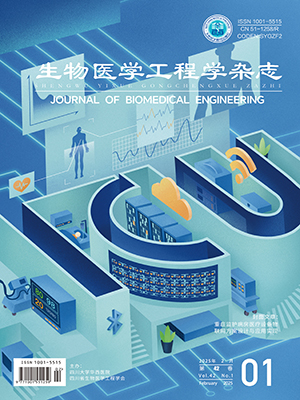A three-dimensional (3D) model of human anterior chamber is reconstructed to explore the effect of different corneal temperatures on the heat transfer in the chamber. Based on the optical coherence tomography imaging of the volunteers with normal anterior chamber, a 3D anterior chamber model was reconstructed by the method of UG parametric design. Numerical simulation of heat transfer and aqueous humor flow in the whole anterior chamber were analyzed by the finite volume methods at different corneal temperatures. The results showed that different corneal temperatures had obvious influence on the temperature distribution and the aqueous flow in the anterior chamber. The temperature distribution is linear and axial symmetrical around the pupillary axis. As the temperature difference increases, the symmetry becomes poorer. Aqueous floated along the warm side and sank along the cool side which forms a vortexing flow. Its velocity increased with the addition of temperature difference. Heat fluxes of cornea, lens andiris were mainly affected by the aqueous velocity. The higher the velocity, the bigger more absolute value of the above-mentioned heat fluxes became. It is practicable to perform the numerical simulation of anterior chamber by the optical coherence tomography imaging. The results are useful for studying the important effect of corneal temperature on the heat transfer and aqueous humor dynamics in the anterior chamber.
Citation: GUOJingmin, ZHANGHong, WANGJunming. Numerical Simulation of Heat Transfer in the Human Anterior Chamber at Different Corneal Temperatures. Journal of Biomedical Engineering, 2015, 32(6): 1191-1195. doi: 10.7507/1001-5515.20150211 Copy
Copyright © the editorial department of Journal of Biomedical Engineering of West China Medical Publisher. All rights reserved




